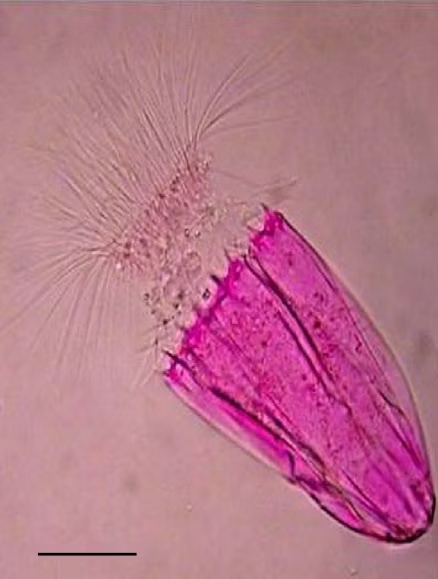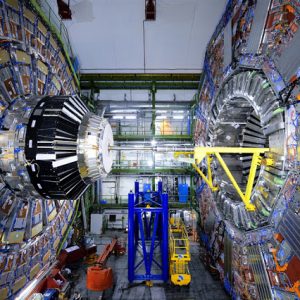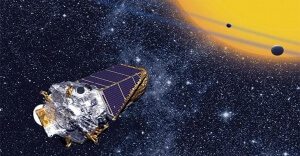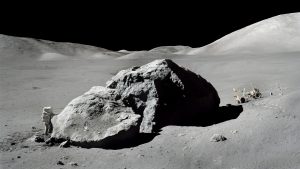When we eventually detect signs of life on an exoplanet, it’s likely to be through analyzing atmospheric gases. As the roster of planets resembling Earth expands, we’re nearing the point where we might identify life-associated gases in the atmosphere of an exoplanet.
However, what happens if extraterrestrial life employs a chemistry slightly different from our own? According to a study in Nature Astronomy, to increase our odds of identifying life through atmospheric analysis, we need to extend our focus beyond Earth-like planets to those with atmospheres rich in hydrogen.
The method for studying an exoplanet’s atmosphere involves observing it as it transits its star. During this transit, the star’s light passes through the planet’s atmosphere, absorbing some wavelengths. Analyzing the spectrum of the star’s light to identify which wavelengths are missing reveals the atmospheric composition. This technique is central to the objectives of the James Webb Space Telescope, despite its delays.
Discovering an atmosphere with an unexpected chemical composition might suggest life, as is evidenced on Earth. Here, methane, which reacts with oxygen to form carbon dioxide, is continually replenished through biological activity.
Another aspect to consider is that the presence of oxygen on Earth is largely due to photosynthetic microbes, dating back to the great oxygenation event roughly 2.4 billion years ago.
The recent study advocates for the investigation of larger planets with hydrogen-dominated atmospheres, which might lack free oxygen due to the explosive combination of hydrogen and oxygen. These “super-Earths” must be significantly larger than our planet to retain a hydrogen atmosphere, either captured from the nebula where the planet formed or produced by reactions between iron and water.

A hydrogen-rich atmosphere thins out less rapidly with altitude compared to Earth’s nitrogen-heavy atmosphere. This creates a more extended atmospheric shell that is easier to detect and study, even potentially through direct imaging.
The research also highlights experiments showing E. coli and certain yeasts can thrive in a hydrogen atmosphere without oxygen. This supports the notion, albeit not conclusively, that life could exist under similar conditions elsewhere, given that Earth already hosts organisms that metabolize hydrogen.
Importantly, the study identified a remarkable variety of gases produced by E. coli in a hydrogen environment, presenting potential “biosignatures” for detecting life on exoplanets.

While hydrogen-based metabolism is less efficient than oxygen-based processes, the concept of hydrogen-dependent life is already a familiar topic among astrobiologists, even featuring in speculative science fiction.
The study further notes that hydrogen, at high concentrations, can act as a greenhouse gas, potentially making planets warmer and more hospitable for life, even further from their stars.
By broadening the search to include super-Earths with hydrogen atmospheres, the study suggests a potential doubling of the number of celestial bodies that could harbor life, moving beyond the consideration of life in gas giants like Jupiter.









